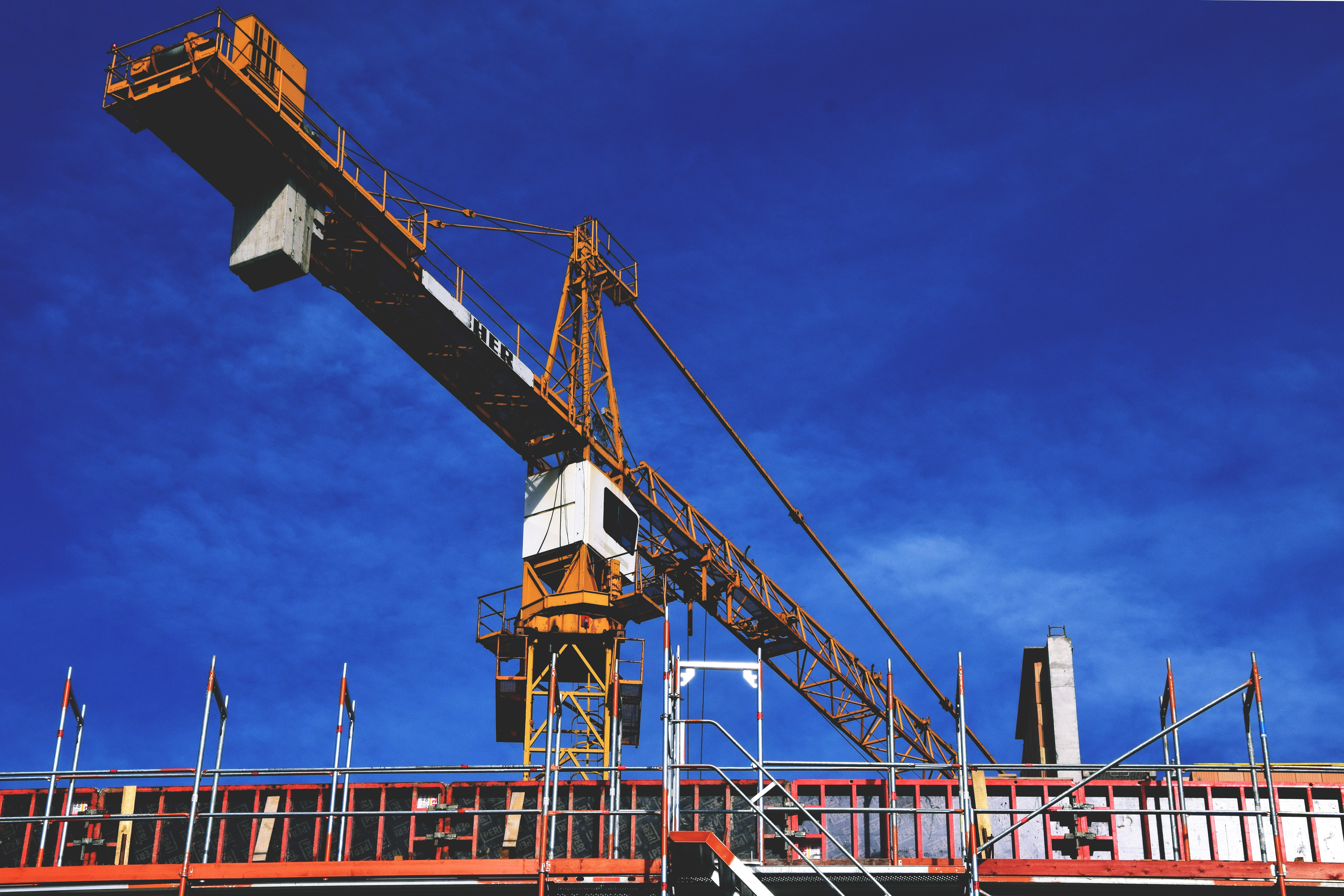Unraveling the Process of Steel Alloying
페이지 정보
작성자 Irma 작성일25-07-19 01:06 조회6회 댓글0건관련링크
본문
Steel alloying is a complex procedure that has been practiced for centuries to create high-quality steel with desired properties. The process involves adding alloying elements to pure iron, which are usually other metals, to improve its tensile strength, hardness, corrosion prevention, and other properties. In this article, we will delve into the steel alloying procedure and explore the key factors and techniques used.
Steel alloying can be classified into two main categories: ferroalloy method and chemical method. The chemical method involves melting together a chemical compound, which is a combination of iron and an alloying element, with pure iron to produce the desired compound. The chemical method, on the other hand, involves adding an alloying element directly to the molten iron in the form of a chemical substance.
The most common alloying materials used in steel alloying are carbon, manganese, silicon, and nickel. Each of these materials has a different effect on the properties of steel, and their addition can result in a wide range of alloys with varying properties. Carbon, for example, enhances the hardness and tensile strength of steel, while manganese improves its toughness and hardness. Silicon, on the other hand, increases the fluidity of the steel during casting, making it easier to work with.
The steel alloying procedure begins with the production of high-carbon ferroalloys, which are made by smelting iron ore with carbon-containing materials such as coal or natural gas. The produced ferroalloys are then mixed with other alloying elements and melted in an electric arc melter to produce the desired alloy. The molten steel is then tapped and poured into molten blocks, which are allowed to solidify before being rolled or forged into various shapes and http://cfo.allbusiness.ru/PressRelease/PressReleaseShow.asp?id=778845 sizes.
One of the key factors that affect the steel alloying procedure is the temperature at which the alloying elements are added. Different materials have different melting temperatures, and adding them at the wrong temperature can result in unwanted outcomes and impurities. For example, adding chromium to steel at too high a temperature can result in the formation of brittle chromium oxides, which can reduce the toughness of the steel.
Another critical aspect of steel alloying is the control of contaminants. Impurities such as sulfur, phosphorus, and oxygen can significantly affect the properties of steel and must be carefully controlled throughout the alloying procedure. Sulfur, for example, can form hydrogen sulfide, which can embrittle the steel and reduce its corrosion resistance.
In summary, steel alloying is a complex procedure that requires careful control of temperature, impurities, and alloying elements to produce high-quality steel with desired properties. The chemical method and chemical method are two main approaches used to produce steel alloys, and the choice of alloying elements and addition techniques depends on the specific properties required. By understanding the principles and techniques involved in steel alloying, manufacturers can produce steel alloys that meet the needs of various industries, from construction and automotive to aerospace and medical devices.

댓글목록
등록된 댓글이 없습니다.










